Long-term BMW R1300GS review update four | The good, the bad and the fugly after 6000 miles
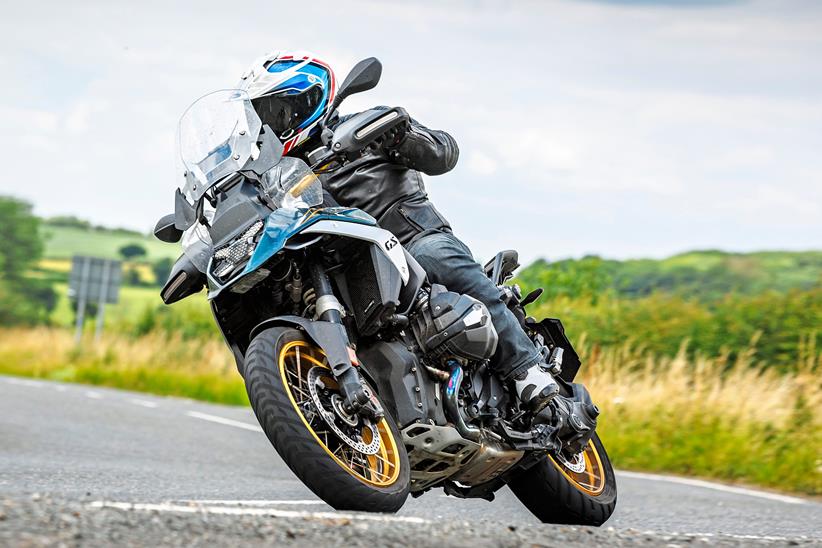
With a gnat’s whisker under 6000 miles on the odometer, it’s fair to say the BMW R1300GS isn’t just still impressing – it’s actually impressing a little more each day. With familiarity and an ever-deepening exploration of its skill set, it sucks you deeper and deeper into its charms. So, what are the latest observations on the GS’s all-new features?
Read more
- Update one: First impressions
- Update two: The GS fails to start after getting wet
- Update three: Building the miles and riding with a pillion
- Update five: Is the R1300GS too heavy off-road?
- Update six: Over 1000 miles in 22hrs for the R1300GS
- Update seven: The luggage I’ve chosen to live with
It gets more comfortable if you ride it further
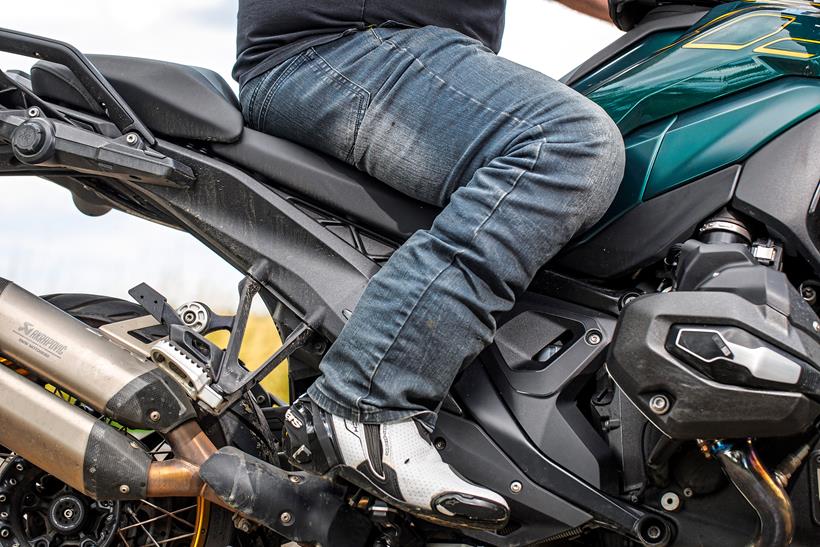
I get a bit uncomfortable after about 100 miles in the saddle, and feel it’s down to the relationship between seat and pegs being slightly cramped. If I could raise the seat another 30mm, I think it would cure the issue.
But then something odd happens… Keep on keeping on, and the comfort returns. On several 300-plus-mile afternoons in the saddle recently, I was more comfortable at 300 miles than at 80. I can’t explain it – but I would like a marginally bigger gap between bum and feet.
What it’s like with the electronics switched off
You can’t really judge what a bike’s natural state is until you turn the electronics off and fly without a safety net. I remember doing this in 2010 with the original S1000RR, and it was littered with scary revelations. So, how’s the GS? Well – it’s an animal. Not an uncontrollable beast, but definitely an animal.
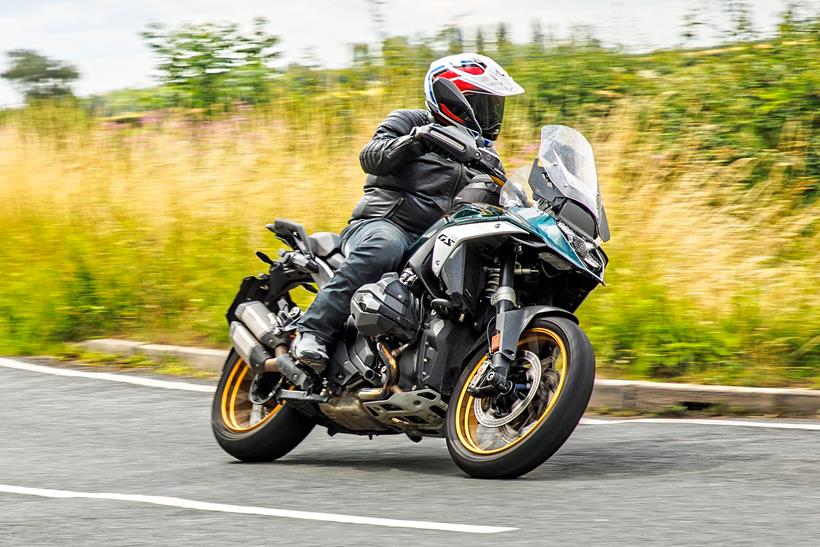
While the power delivery is smooth and progressive enough not to trouble the grip from the rear tyre too significantly (in the dry), the amount of drive causes other problems – most notably a lack of connection between the front wheel and the tarmac. Hard acceleration in first, second and third will result in the front dancing skyward.
And it’s even more fun on corner exits in second and third, when it’ll lift while cornering, making you feel like a GP god. It’s all very progressive, but doesn’t take much provocation – and on lips and crests it can reach for the sky in fourth and fifth with ease. If you value your licence, keep the traction control/anti-wheelie switched on.
Optional footpegs and silky quickshifter
This particular model spec is clarted in Option 719 trinkets, including the footrests. I actually prefer the standard kit, but they’re exceptionally well done – although the gear lever is rubbing away on my left bike boot, leaving a silvery smudge.
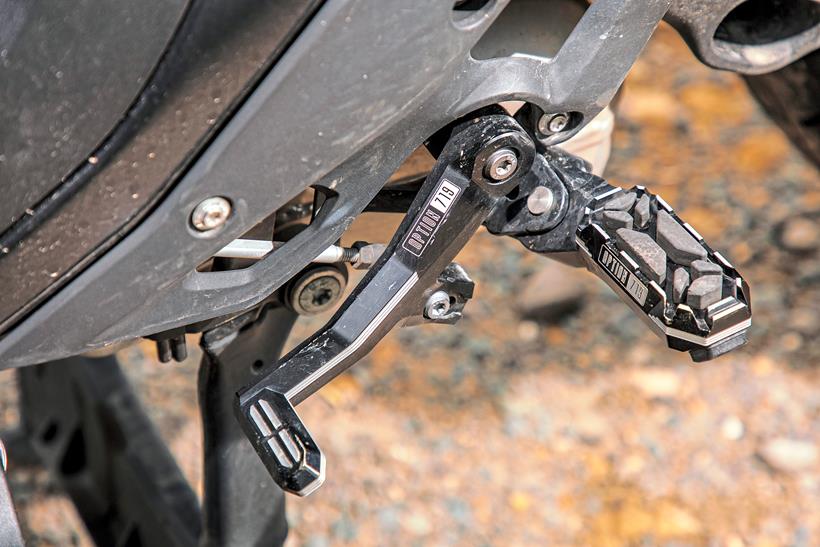
But really, I want to mention the quickshifter/blipper – because it’s superb. BMW have really nailed the kill times and action perfectly, and it’s an absolute joy to use regardless of where you are in the rev range. Impressive, especially on a shaft-drive monster like this.
What the OE tyres are like
The GS came to me on its OE Metzeler Tourance Next 2 rubber and only five miles on the clock, so I know how they’ve performed from day one. And considering the amount of well-loaded-up miles I’ve ridden (including around 500 miles with a pillion), always using a fair amount of pace, drive and braking input, it’s astounding how well they’re wearing.
I love the grip they deliver in both wet and dry, and the support they offer in terms of carcass rigidity. I’ll fit something different next – but only for the sake of testing. If it was my own bike, I’d be popping the same rubber on again.
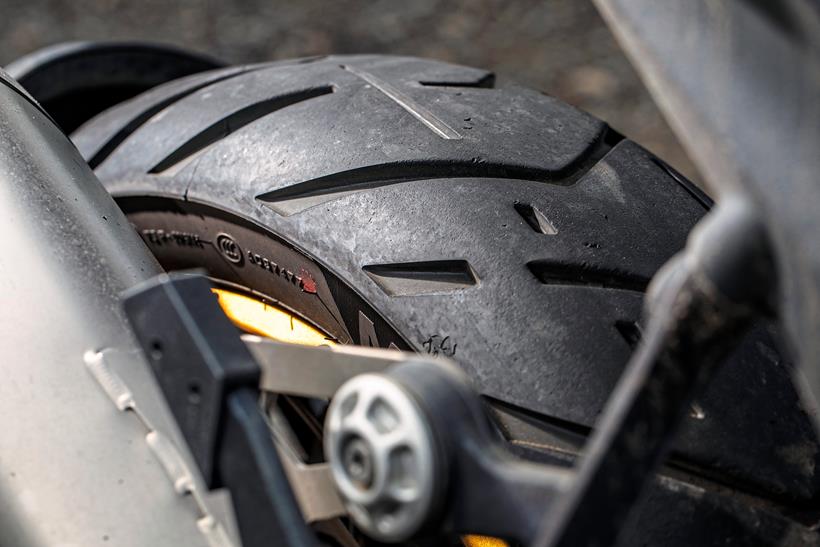
Sat nav options
I have three navigation options on the GS – two BMW solutions and a Beeline Moto II (£179.99). One BMW option is the built-in nav you drive via the app and dash. For simple directions you don’t need anything more complex.
The other BMW solution was Navigator VI, but it seemed convinced someone was trying to use the touchscreen at all times. BMW swapped it for the new ConnectedRide Navigator (£670.01 plus £226.42 for the cradle) and it’s been near-faultless.
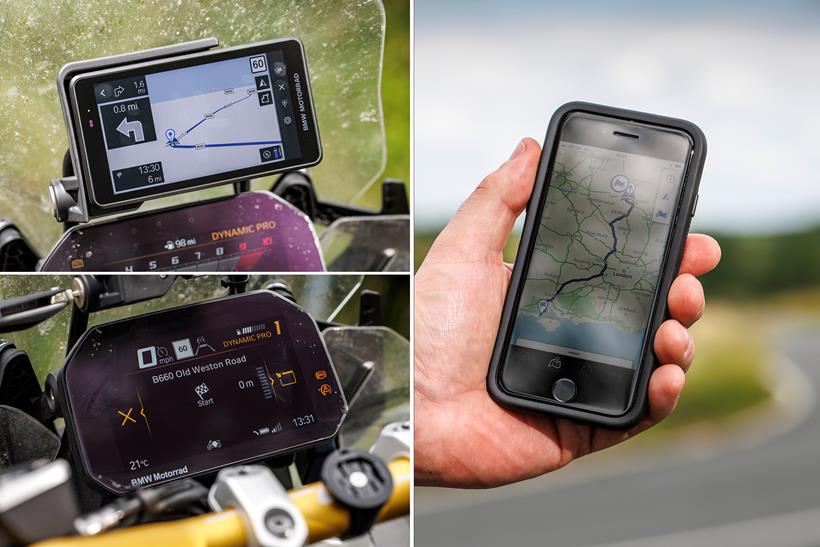
It suffered a failure to boot up, and lost connection to the switchgear, but removing it, cleaning the connections, refitting and rebooting it solved the issue. It’s a big step forward in spec, appearance and functionality. If you prefer a ‘traditional’ sat nav on your BMW, this is the one to go for.
– Just so you know, whilst we may receive a commission or other compensation from the links on this page, we never allow this to influence product selections – read why you should trust us.






